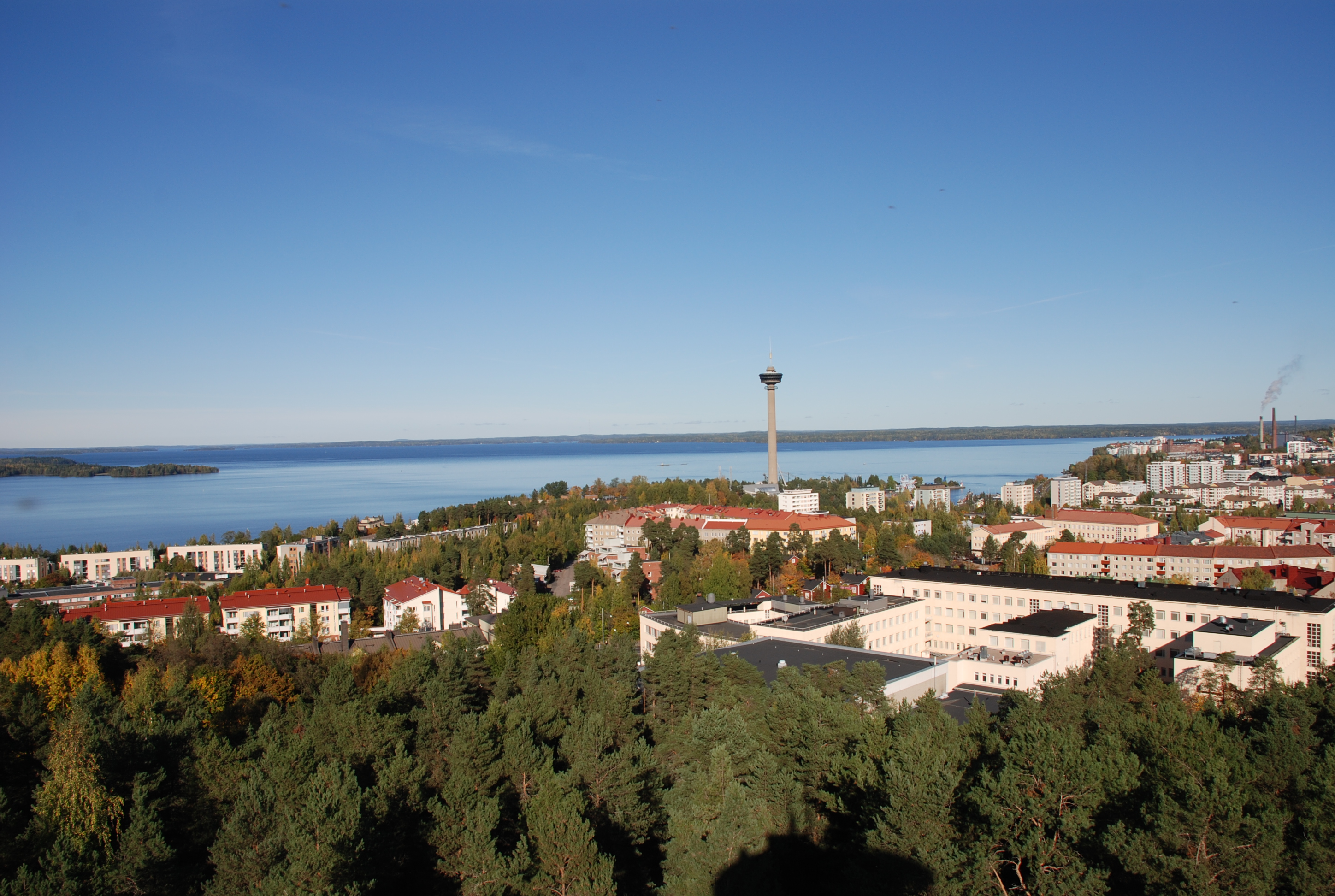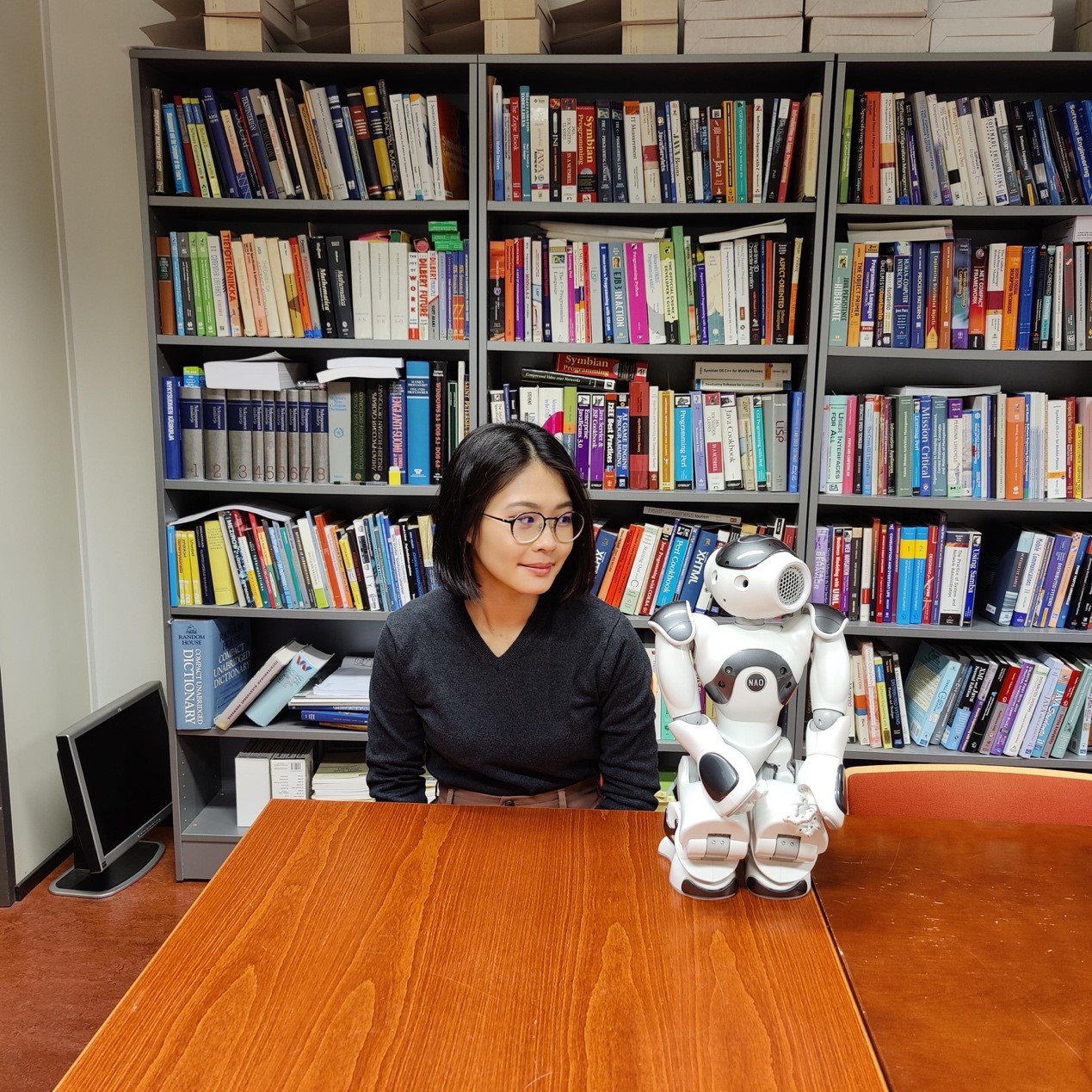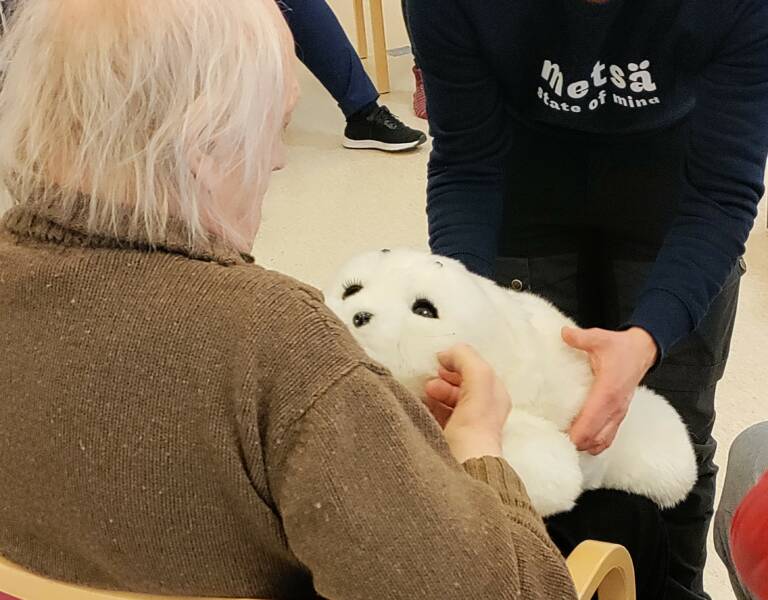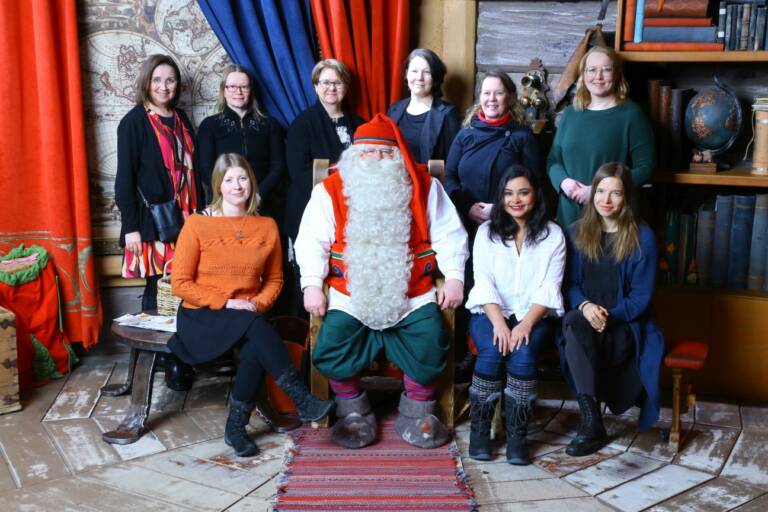Hi there! I am Chia-Hsin Wu, a second-year master’s student of the HTI program. Before jumping to my master’s thesis topic, I would like to briefly introduce my background and what made me interested in robotics. I am from Taiwan, a tropical island in southeast Asia. My bachelor’s degree majored in Industrial Design, which focused on enhancing user satisfaction through the appearance and functionality of products. In the third year of my bachelor’s study, I have had the chance to participate in a one-year exchange program at Tampere University. The abundant courses offered by the university allowed me to explore the field of Human-Computer Interaction, which was also the time of my first encounter with social robots. I enjoyed exploring the possibility of deploying robotics technology in our daily life and was glad to study a new approach that can create positive user experiences. Therefore, after completing my bachelor’s study, I was motivated to come back to Tampere University in pursuit of a master’s degree in the HTI program.
To study the effect of utilizing social robots in the first stage of formal education and find the design solution to support Children-Robot Interaction. My master’s thesis focuses on primary school pupils’ learning experiences of programming and interacting with robotic applications. It is a collaboration project with Tammela school (Tammelan Koulu), a local primary school, and Utelias Technologies Oy, a Finnish company that develops Elias social robot for educational purposes. The thesis work will be carried out in the Robostudio of Tampere University. The programming software that will be used in this study is Elias editor, working along with the 60-centimeter humanoid robot, NAO. The thesis will conduct a 3-month user study for 1.5 hours every Friday starting from September to November 2021. The groups of primary school pupils that will participate in this study include 4th and 5-6th graders. During the class, pupils will be divided into small groups to work on the Elias editor and test the program on the Nao robots. The data collection methods of this study include observations and semi-structured group interviews with pupils and after-class expert talks with the teacher. The expert talks mean discussing with the responsible teacher about the in-class findings, teaching experience, and possible design direction that can assist Children-Robot Interaction.
I have conducted my first observation in the class at Tammela school last Friday, the 3rd of September. The content of the first class was the introduction to the Elias editor and the pupils were given the task to get familiar with the editor and robot’s functionality. During the pupils’ free exploration, I have observed most of the pupils generated positive feelings and great patience toward robots and even combining their previous knowledge such as mathematics and history in the programming task. At the end of the class, one of the pupils stated that having the complete freedom to interact with robots made the course much funnier than others. The teacher was also amazed by the pupils’ programming ability and creativity. Additionally, the teacher told me although this course arrangement requires her to constantly switched attention between each group, she found this teaching method much enjoyable and interesting compared to the traditional classroom settings.
I am looking forward to carrying out my second user study this week and hopefully getting to know the kids more for finding an effective approach to support their interaction with robots!
Written by Chia-Hsin Wu, master’s student of the HTI program
Photo: Aparajita Chowdhury





